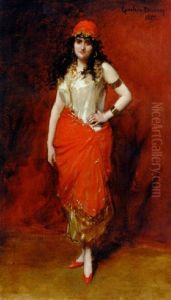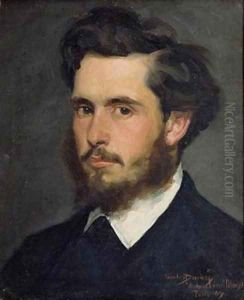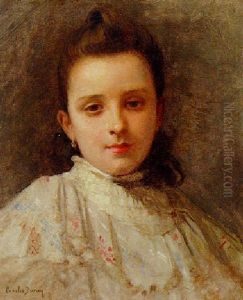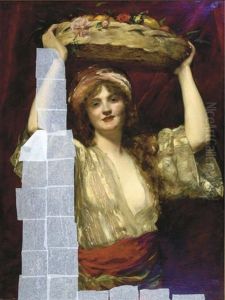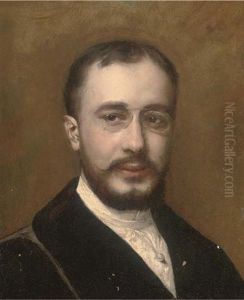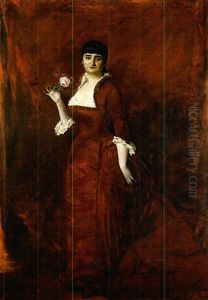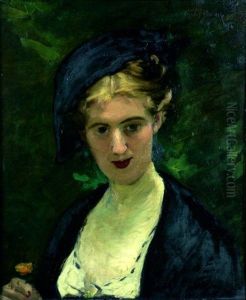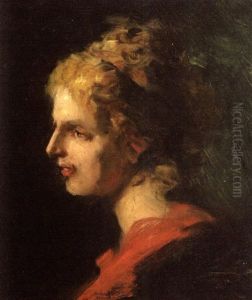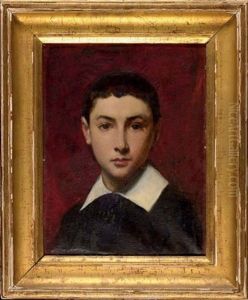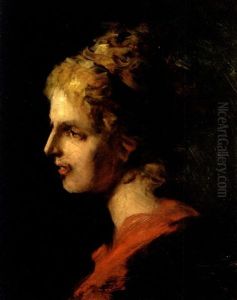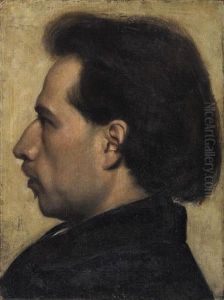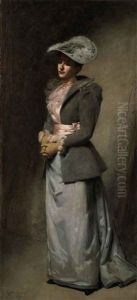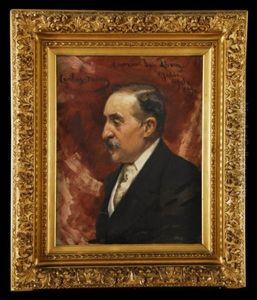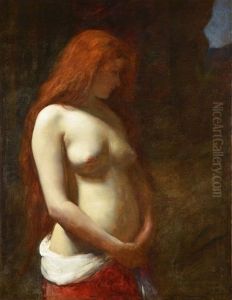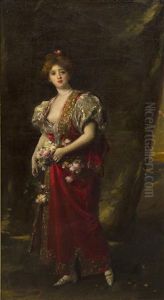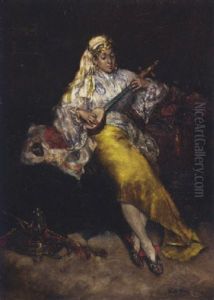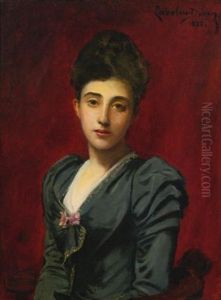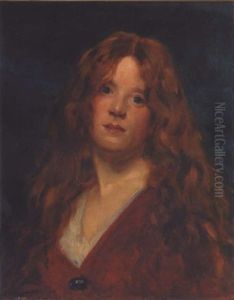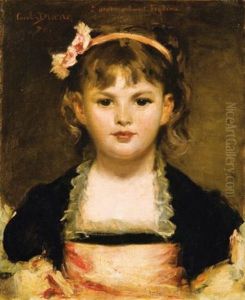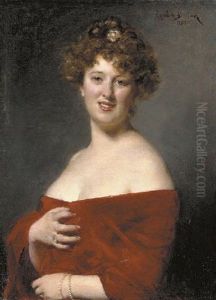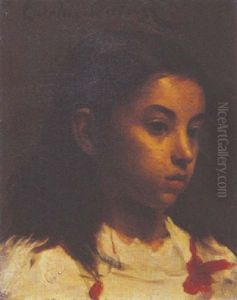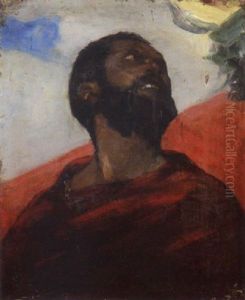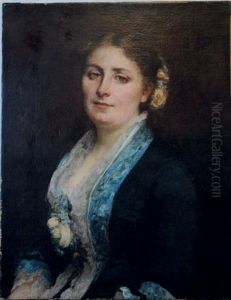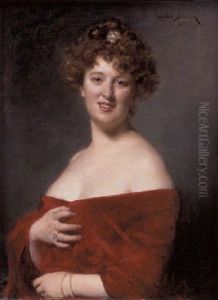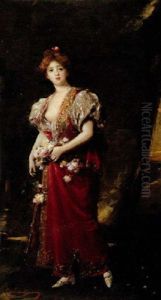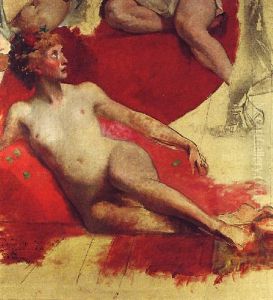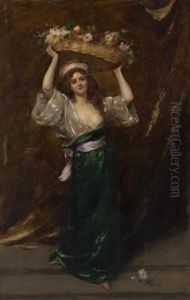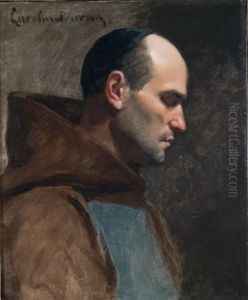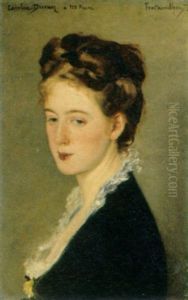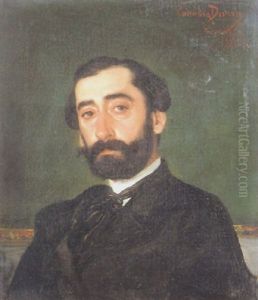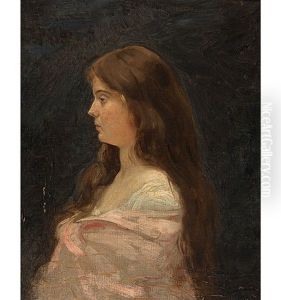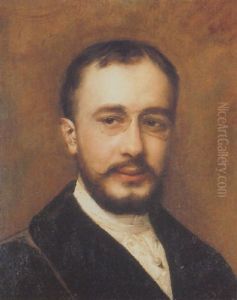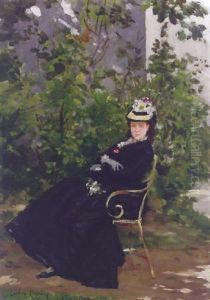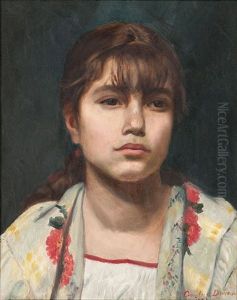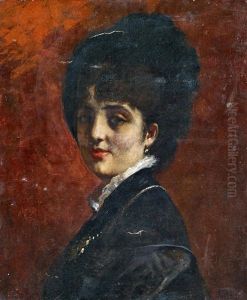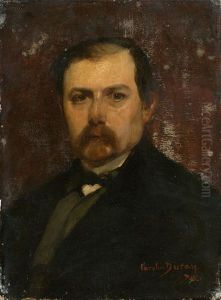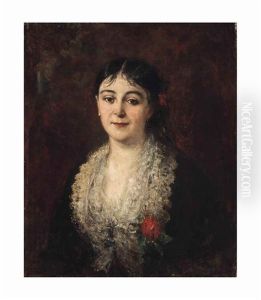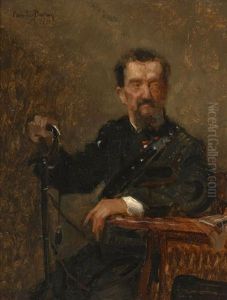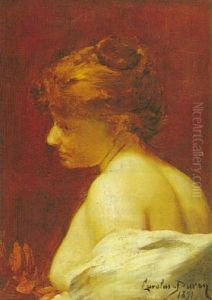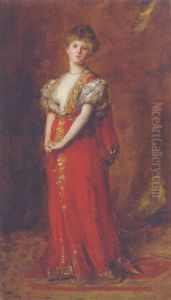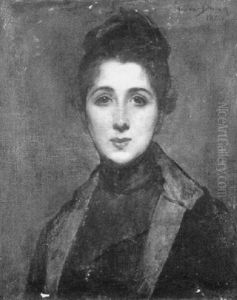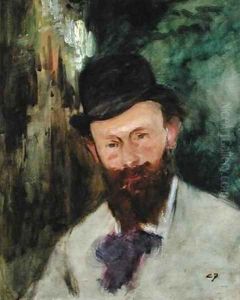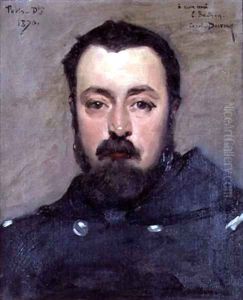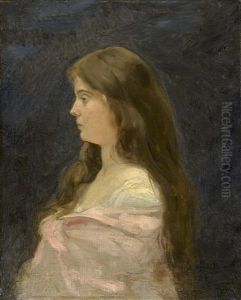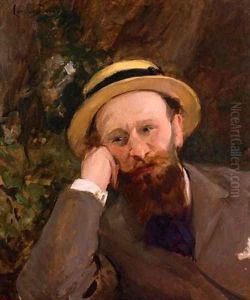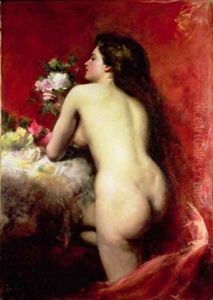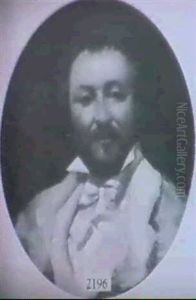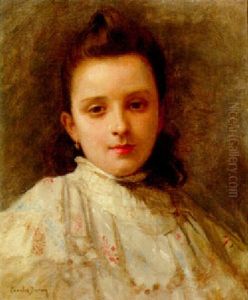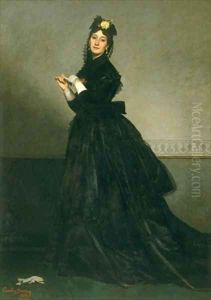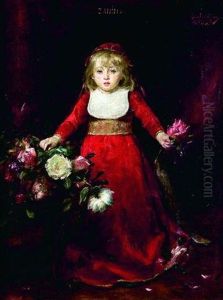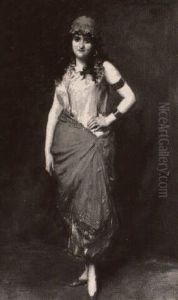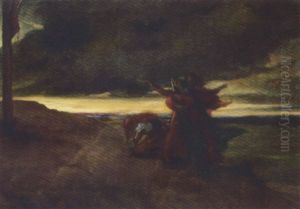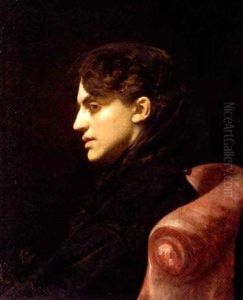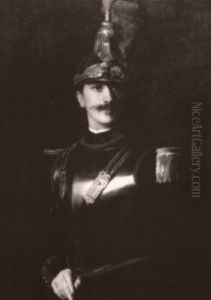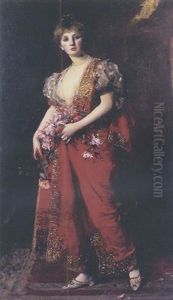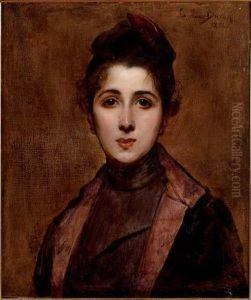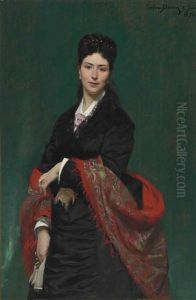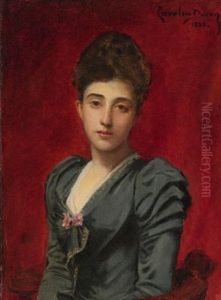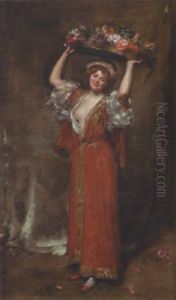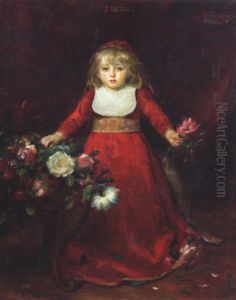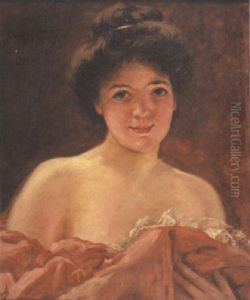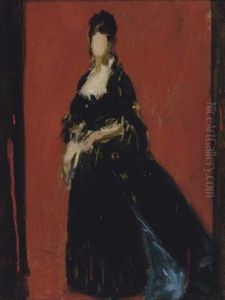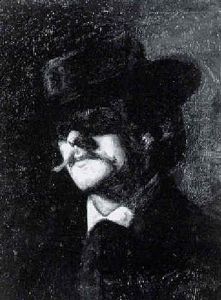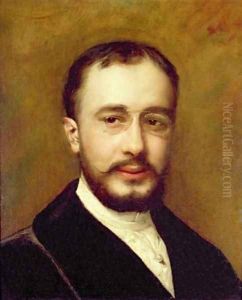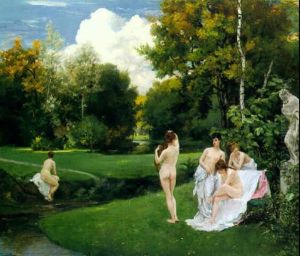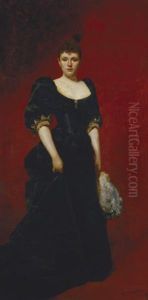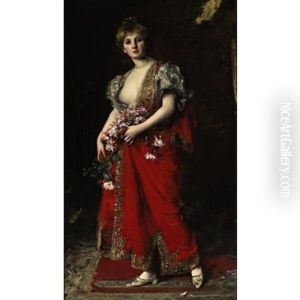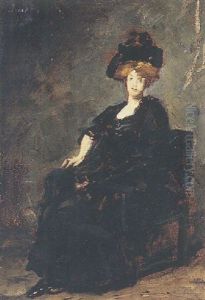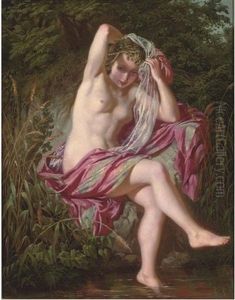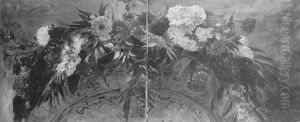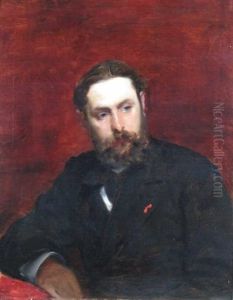Charles Emile Auguste Carolus-Duran Paintings
Charles Emile Auguste Carolus-Duran, born on July 4, 1837, in Lille, France, was a prominent French painter and art instructor, known for his stylish portraits and historical scenes. Carolus-Duran's talent for art was evident from a young age, and he received his initial training at the Académie des Beaux-Arts in Lille. His aptitude and ambition led him to Paris, where he continued his studies at the École des Beaux-Arts under François Souchon.
In 1861, Carolus-Duran traveled to Italy and was deeply influenced by the works of the Old Masters. His exposure to the art of the Renaissance, particularly that of Titian, had a lasting impact on his painting style, noted for its vibrant coloration and dynamic compositions. Upon returning to Paris, he achieved rapid success with his painting 'The Murdered Man' in 1866, which drew significant attention and acclaim.
Carolus-Duran's reputation as a portraitist grew, and he became known for his ability to capture the elegance and character of the Parisian elite, including high-profile figures such as Émile Zola and the Countess de Martel. His most famous portrait is likely that of Madame Charpentier and her children, which was exhibited at the Salon of 1878 and solidified his standing as one of the leading portraitists of his time.
In addition to his painting, Carolus-Duran was an influential teacher. In 1889, he opened his own private academy, the Atelier Carolus-Duran, which became a popular alternative to the traditional École des Beaux-Arts. His teaching methods, which emphasized painting directly from life and the use of vibrant color, influenced a generation of artists, including the American painter John Singer Sargent, who was among his most notable students.
Carolus-Duran's contributions to the art world were recognized in his lifetime; he received numerous awards and honors, including the Legion of Honour in 1872. He also played a significant role in the administration of French art institutions, serving as the director of the French Academy in Rome from 1905 to 1913.
Charles Emile Auguste Carolus-Duran passed away on February 17, 1917, in Paris. His legacy endures through his portraits, which capture the spirit of the French bourgeoisie during the Second Empire and the Third Republic, and through his significant influence on the next generation of artists.
